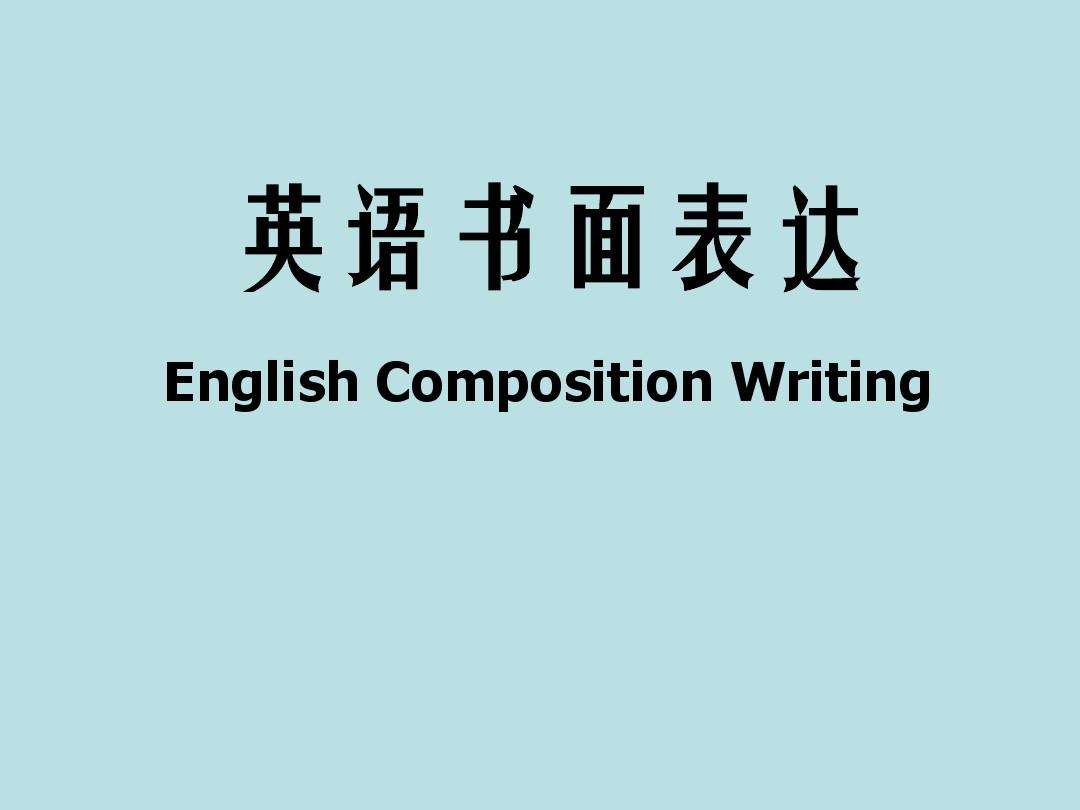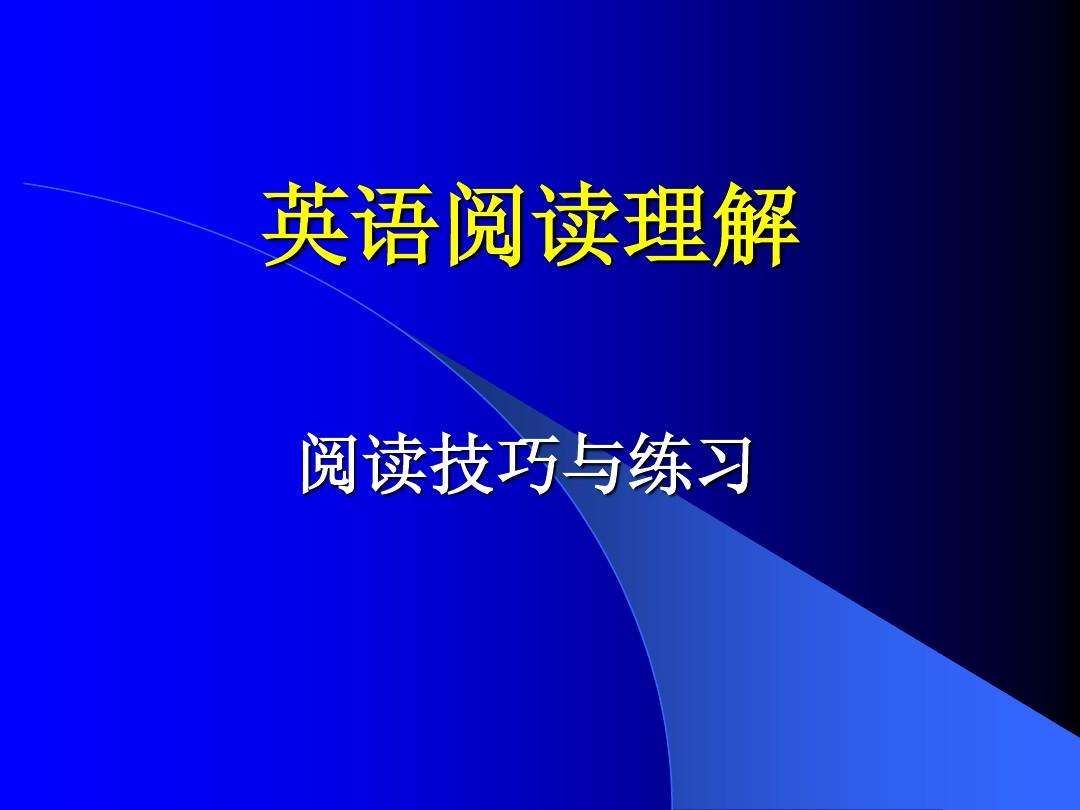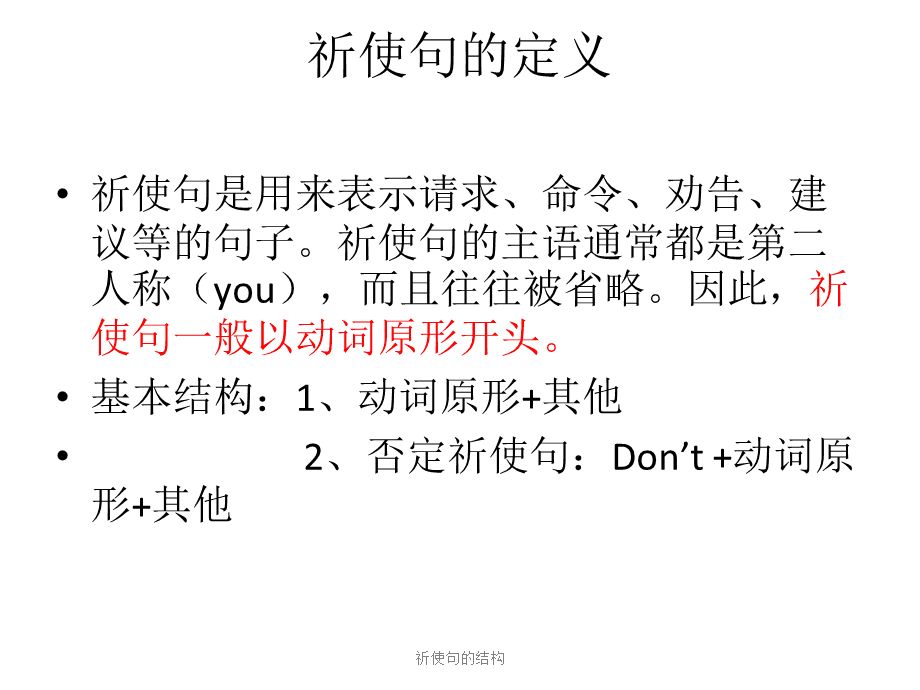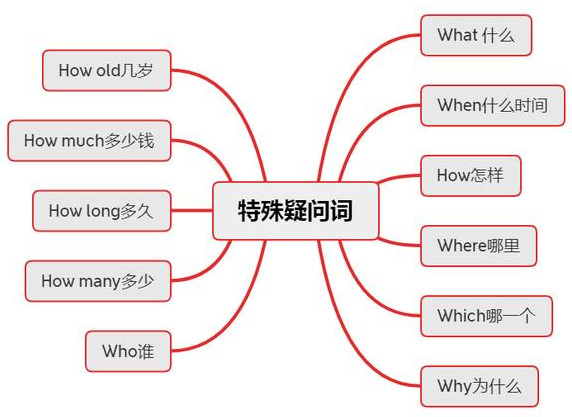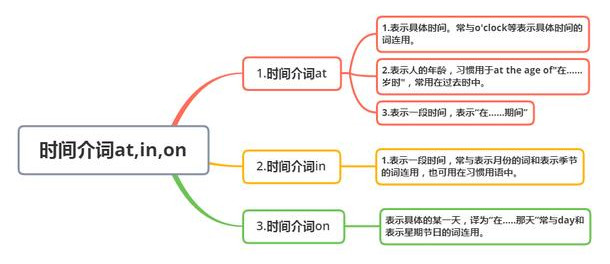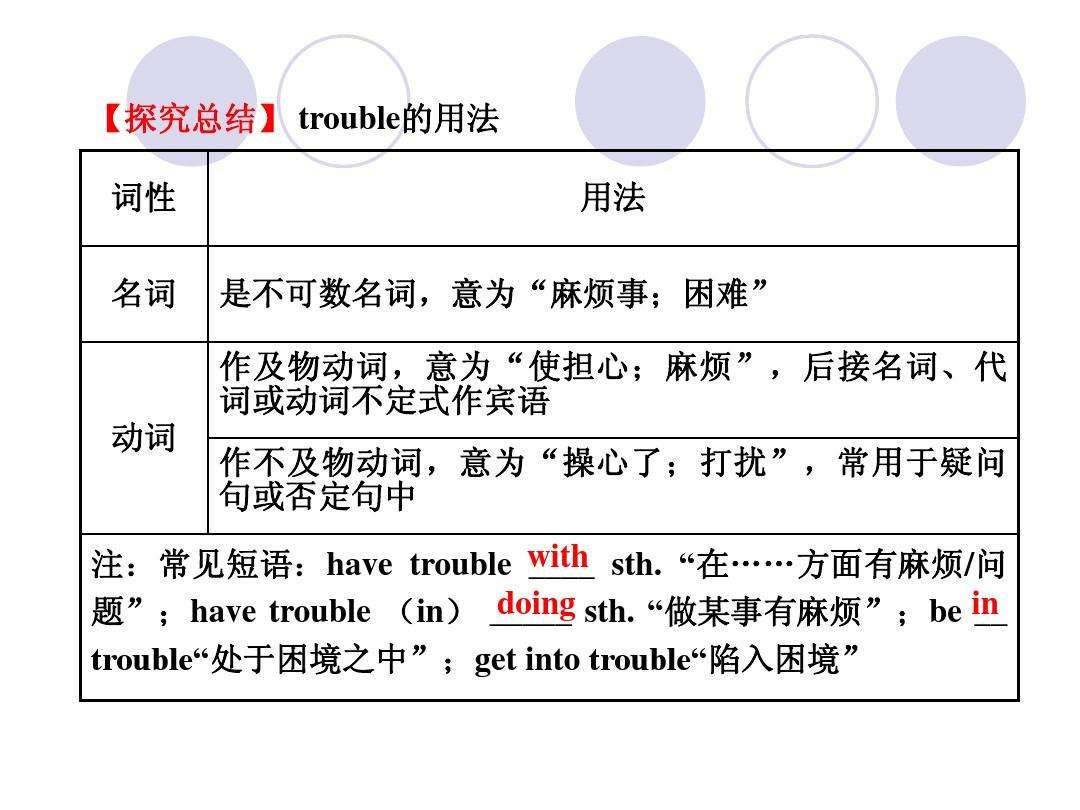| 宜城教育365速发国际靠谱么_365bet亚洲官方网址_预付365商城下载网www.bjtlcd.com 一、方位介词at / in / on / under的用法及区别
1.表示方位的介词短语的结构一般是:介词+冠词the / a / an / 物主代词my等+名词。如:in the desk 在课桌里;on the table 在桌子上;under my sofa 在我的沙发下。
2.in, on, to是三个表示方位时经常使用的介词。当有参照物时,这三个词的区别是:in表示在参照物内部;on表示与参照物接壤(紧接);to表示在参照物之外(不一定是紧挨着)。
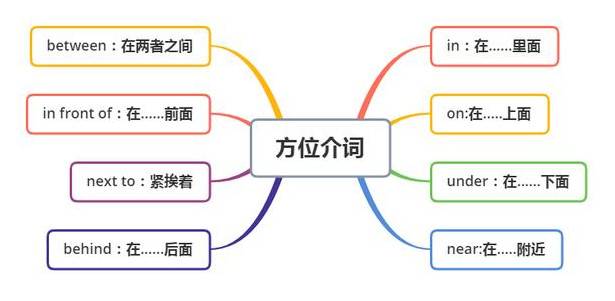
二、当有参照物时的用法
1.We are inviting organizations in the East of England.我们正邀请英国东部的一些组织。
2.Guangxi is on the west of Guangdong.广西在广东的西面。
3.The village lies about ten kilometres to the east of the city.这个村庄位于该市东部约十公里处。
4.He sat on my left.他紧挨着坐在我的左边。(=He sat immediately to my left.)
5.My daughter, Hannah, sat to my left.我的女儿汉娜坐在我的左边。(不一定是紧挨着,中间可能隔着其他人。)
6.There is a pear tree on the left of the peach tree.桃树的左边有一棵梨树。
(in, on, to引出的方位介词短语除了用作状语之外,还可以作为定语)
7.The earthquake to the west of the city is devastating.这个城市西部的地震是毁灭性的。
8.The building on the south of the road is much bigger.这条路南边的建筑要大得多。
9.The house in the west of the island are all built with wood.这个岛西部的房子都是用木头建造的。
三、在没有参照物时的用法
(表示东西南北方位用in, 表示左右方位用on)
1.The sun rises in the east and sets in the west.太阳从东方升起,在西方落下。
2.People in Australia drive on the left side.澳大利亚人靠左边开车。
3.Take the first turning on the right.在第一个转弯处向右转。
五、英语中方位介词的用法有哪些
1.on、above、over
on、above、over都可以表示上方。
on表示“相互接触的上面”
above表示“位置较高的上方”
over表示“正上方”。
2.in、on、to
in、on、to都可表两地的空间相对位置。
in表示在某地范围之内
to表示在某地范围之外,不强调是否接壤
on表示相邻、接壤
3.in front of、in the front of
in front of表示“在......外部的前面”
in the front of表示“在......内部的前面”。
4.near、by、beside
near表示“在附近”
by和beside表示“在旁边”,比near表示的距离更近一些。
5.between、among
between表示“在二者之间”
among表示“在多者之间”。
需要注意的是,among通常后接抽象的人和事物,若需接具体的人和事物时,即使表示多者之间,也应当用between,此时可以理解为多者之中的任意二者之间。
如:Switzerland lies between France, Austria and Italy. 瑞士位于法国、奥地利和意大利三者之间。这个句子中的France/Austria/Italy都是指具体的国家,而among后接抽象的事物,所以尽管有三个事物,也应当使用between。
6.across、over、through、past
across通常表示“横穿某一平面”
over表示“越过某物”
through表示“从某物内部穿过”
past表示“从旁边经过”。
(1)before和by都表“在......时间之前”“不迟于......”。
(2)after和in接时间段,都表“在......时间之后”,after接时间段用于一般过去时,in接时间段用于一般将来时;另外,after也可以接时间点,用于一般将来时。
(3)within表“在......时间之内”。如:I can finish the work within an hour. 我可以在一个小时之内完成这项工作。 宜城教育365速发国际靠谱么_365bet亚洲官方网址_预付365商城下载网www.bjtlcd.com |






